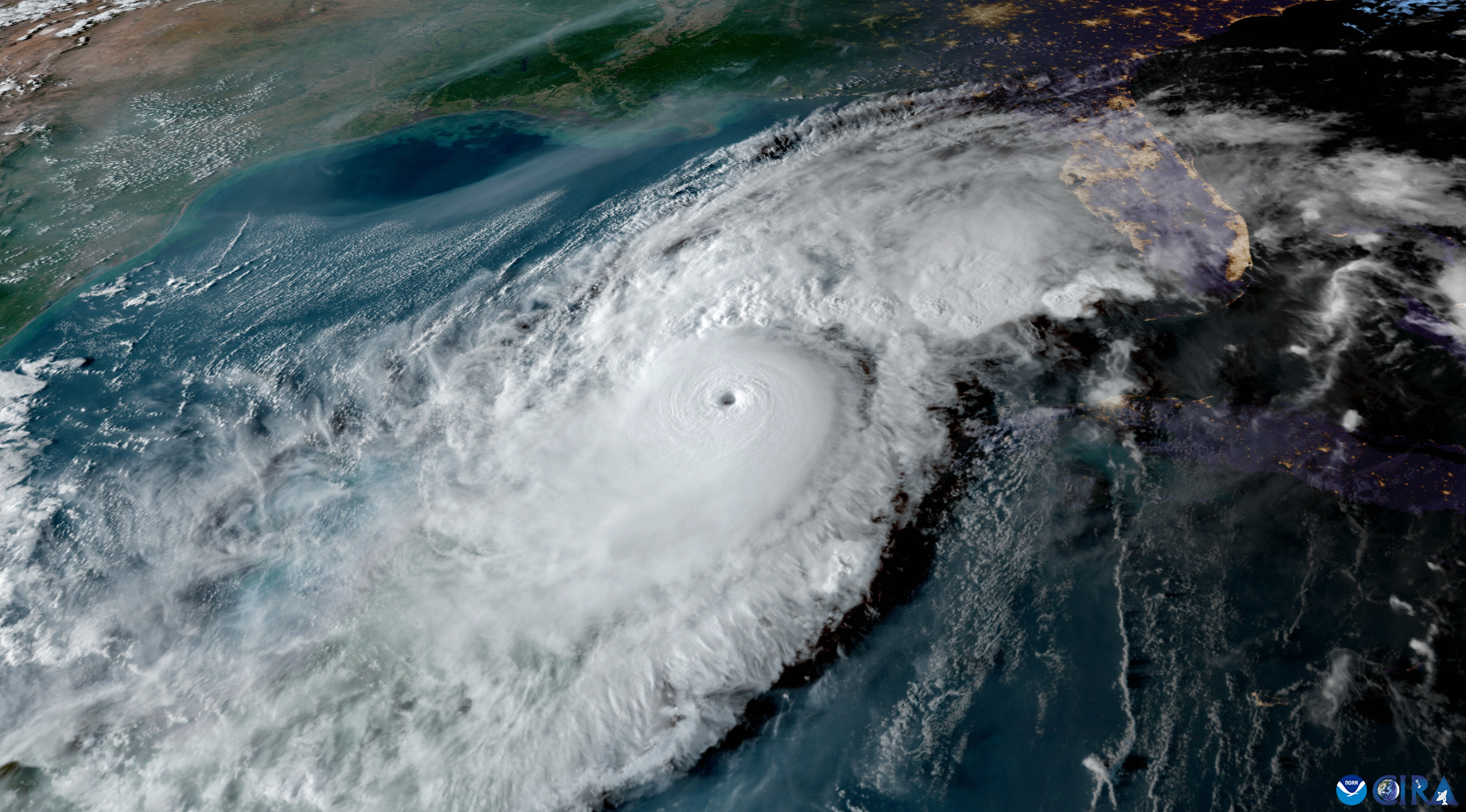In a recent article published on PropertyCasualty360, I detailed five ways to protect your business from natural disasters. The first step was to form a disaster recovery team that is tasked with developing a disaster recovery plan, also known as a business continuity plan.
Here, I share a checklist of some of the key components of a disaster recovery plan that the dedicated team should consider before sitting down to write the plan. By taking the time to discuss these key considerations upfront, the team will be poised to deliver a plan that will position the business to quickly recover from a disturbance and keep it running as usual.
Summary of potential risks
It’s important to know the likelihood of natural disasters in your business’s area. Is it prone to heavy rains, snow, ice, tornados and flooding? Once you have a handle on the potential risks facing your business you can plan for various scenarios. For example, how would a prolonged power outage, one that is more than a couple of days, impact your business operations? Where would your employees work if significant flooding occurred?
Team assignments
A team of people should be assigned the responsibility of developing and executing the plan, but don’t stop there. A disaster recovery plan should clearly outline members of this team and their roles and responsibilities. Key members should include a team leader and staff of employees that specializes in information systems, insurance, human resources, communications and public relations.
Evacuation plan
After a disaster strikes, your top priority is the safety of your employees. Discuss the most efficient and safest way to evacuate employees from the workplace.
Shelter-in-place plan
Evacuation plans are crucial. However, there may be weather warnings, such as a flood or tornado, that require employees to stay inside. When employees can’t leave the premises, a “shelter-in-place plan” is required. Unlike an evacuation plan, a shelter-in-place plan includes designated areas within the building that are safe and serve as “shelters” for employees.
Off-site workspace
On the other hand, sometimes it’s not safe for employees to continue working in the workplace. In this event, companies need to determine off-site locations to not only secure critical data and store equipment, but also to temporarily house employees so they can continue working.
Value of assets
The team should identify and account for every asset within the organization to determine its financial and operational value to the business. This includes the infrastructure and processes considered the most important to keep the business running.
Communication protocols
Businesses should define who will be responsible for communicating critical information to employees, clients and stakeholders and how that information will be communicated.
Insurance
Review your policy to determine if you have adequate insurance for the weather conditions that impact your area. Meet with a broker to determine Covered Perils and assess the level of coverage for specific weather damage, including wind, storm and flood. Consider expanding the policy to include some level of coverage for perils that may not be that common in your geographic region in order to be prepared for such atypical events. Also, be aware of the sublimit. For example, under a commercial property policy with a $200 million blanket limit, there may be a $1 million sublimit on coverage for loss from a flood, or a $500,000 sublimit on loss from an earthquake.

Philadelphia, PA, 19102







